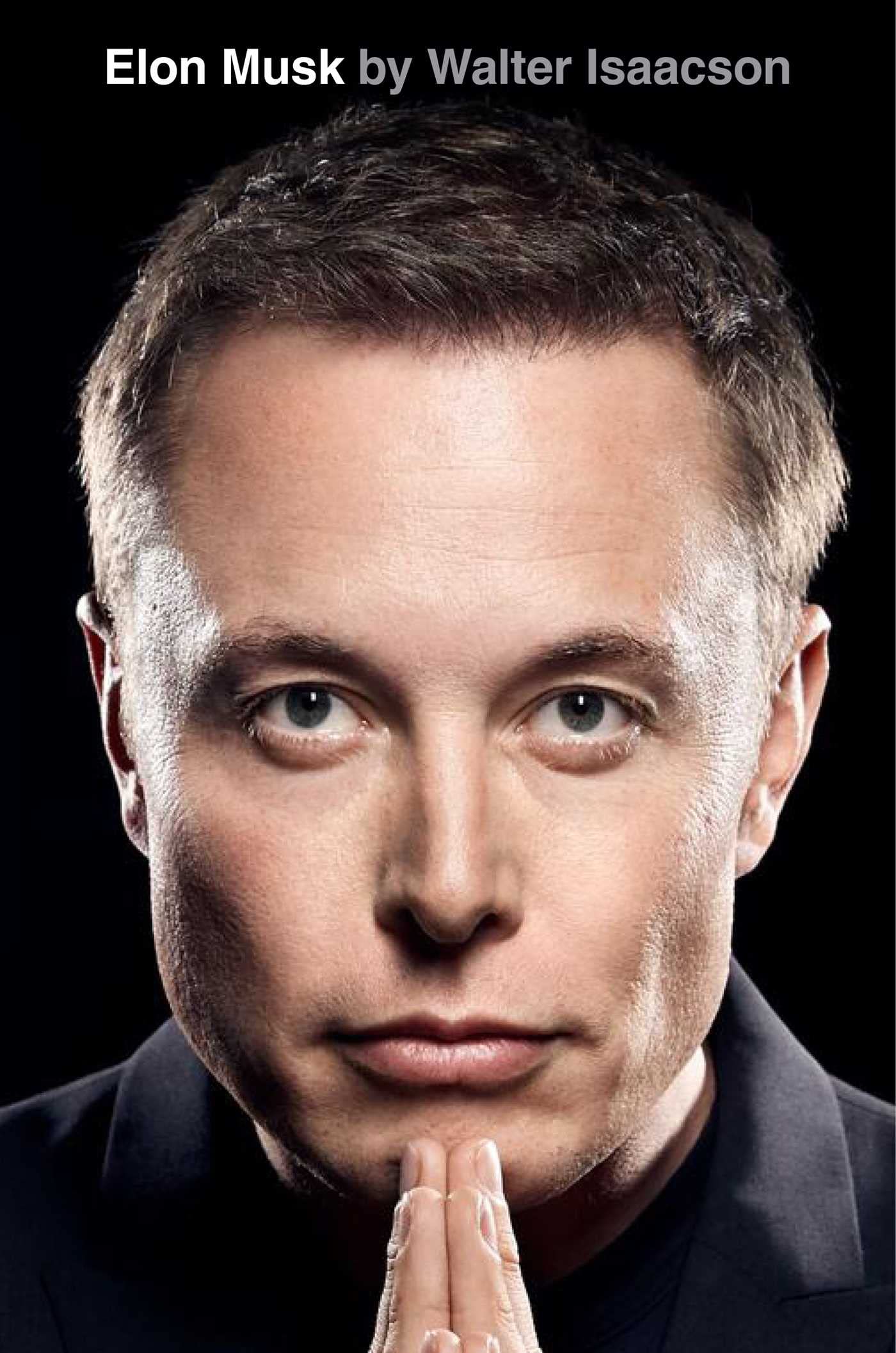38. The Falcon Hears the Falconer
byThe Falcon Hears the Falconer represents a pivotal chapter in SpaceX’s journey between 2014 and 2015, as Elon Musk’s ambition to develop a fully reusable rocket started taking shape. His goal was to revolutionize the economics of space travel, making it significantly cheaper by reusing rockets instead of discarding them after a single flight. This effort materialized in the Grasshopper program, an early prototype designed to demonstrate controlled landings. The first vertical takeoff and landing tests were promising, but the real challenge lay in scaling this concept to full-fledged orbital rockets. SpaceX engineers, under Musk’s relentless pressure, worked tirelessly to refine the Falcon 9’s landing capabilities, but success was far from guaranteed. Every launch was a high-risk endeavor, and failures were expected as part of the learning curve.
One of the most dramatic setbacks occurred at SpaceX’s McGregor, Texas, testing facility, where an attempted Falcon 9 landing ended in an explosion due to an engine failure. This event, witnessed by the company’s board members and the newly appointed chief of staff Sam Teller, underscored the immense technical difficulties involved in making reusable rockets a reality. However, instead of being deterred, Musk used the failure as an opportunity to analyze weaknesses and refine future designs. SpaceX’s work culture was built on resilience, and setbacks only reinforced the team’s determination to push forward. Meanwhile, beyond engineering challenges, Musk also had to contend with a rising competitor in Jeff Bezos’s Blue Origin, which had achieved a milestone of its own by successfully landing a suborbital booster. Though this marked progress for commercial space travel, Musk was quick to highlight the distinction between suborbital and orbital flights, pointing out that returning from orbit required surviving extreme velocities and intense reentry conditions.
The growing rivalry between SpaceX and Blue Origin played out both in technical advancements and public exchanges. When Blue Origin’s New Shepard completed its first successful landing, Bezos took to social media to celebrate the achievement, calling it a breakthrough for reusable rockets. Musk responded in kind, emphasizing that the difficulty of suborbital rocket recovery was nowhere near that of orbital reentry and landing. His competitive spirit fueled SpaceX’s push to not just match but surpass previous milestones in reusable rocket technology. Musk viewed each achievement as a stepping stone toward his larger vision: developing a space transportation system that could one day send humans to Mars. To accomplish this, SpaceX engineers worked under extraordinary pressure, testing new landing techniques and refining the Falcon 9 booster’s grid fins, landing legs, and fuel management systems.
Despite previous failures, SpaceX finally achieved a historic breakthrough on December 21, 2015. On that day, a Falcon 9 rocket successfully launched, delivered its payload into orbit, and then made a controlled return to Earth, landing upright at Cape Canaveral. The significance of this feat could not be overstated—it was the first time an orbital-class rocket had been recovered intact. Inside SpaceX’s headquarters, the atmosphere was electric as employees erupted into cheers, celebrating the realization of Musk’s long-standing dream. This achievement was not just about technical success; it was a statement that the old way of doing spaceflight—where rockets were discarded after one use—was obsolete. The implications for cost reduction and increased launch frequency were game-changing, paving the way for an era where rockets could be used multiple times, much like commercial airplanes.
Even as Musk basked in this triumph, his work was far from over. Blue Origin continued to push forward, and skeptics remained, questioning whether SpaceX could reliably make rocket reusability an industry standard. Musk, however, had no intention of slowing down. His next objectives were even more ambitious: refining landing procedures, increasing the frequency of recovered flights, and ultimately developing a fully reusable interplanetary transport system. The Falcon 9’s first successful landing was just the beginning, proving that SpaceX was not only capable of innovation but also determined to redefine the future of space travel. As the company pushed toward its ultimate goal of making life multi-planetary, the events of 2015 stood as a testament to Musk’s unwavering belief in the power of persistence, risk-taking, and engineering excellence.


